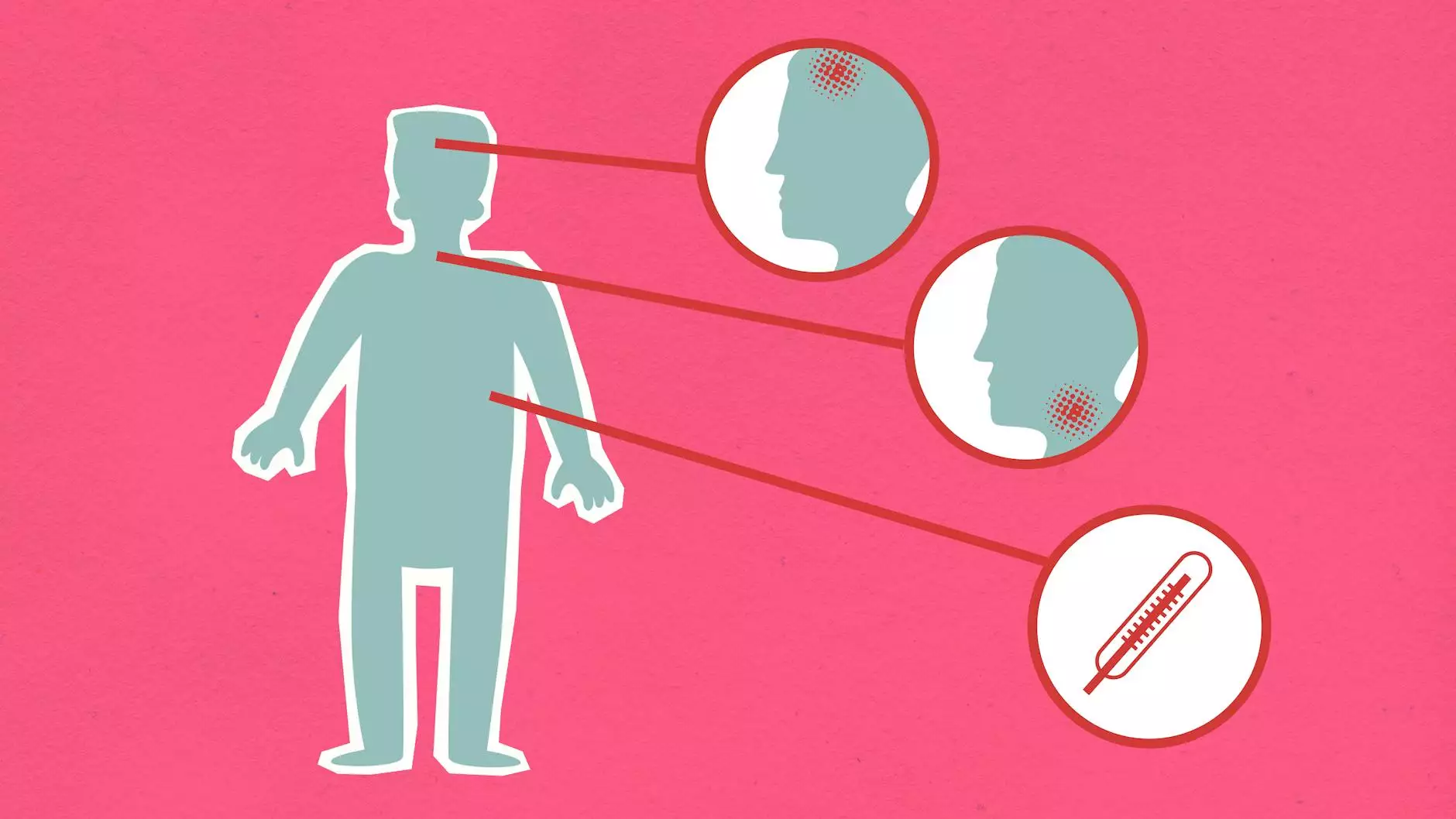A UTI or an STI? The Trouble with Similar Symptoms
Blog
Welcome to the informative page about urinary tract infections (UTIs) and sexually transmitted infections (STIs). Benjamin Shettell, MD brings you comprehensive information on the similarities and differences between these two conditions. Understanding the symptoms, causes, and treatments can help you make informed decisions about your health.
Understanding UTIs
A UTI occurs when bacteria enter the urinary tract and cause an infection. Common symptoms include frequent urination, a burning sensation during urination, cloudy or bloody urine, and pelvic pain. While anyone can develop a UTI, they are more common in women, and factors such as sexual activity, menopause, and certain medical conditions can increase the risk.
To diagnose a UTI, your healthcare provider may request a urine sample for a culture test. This helps identify the specific bacteria causing the infection and determine the most effective treatment method. Antibiotics are commonly prescribed to eliminate the bacteria and relieve symptoms. It is essential to complete the full course of antibiotics to ensure the infection clears completely.
Exploring STIs
STIs, on the other hand, are infections transmitted through sexual contact. There are various types of STIs, including chlamydia, gonorrhea, syphilis, and genital herpes, among others. Symptoms may vary depending on the type of infection, but common signs include pain or discomfort during sex, unusual discharge, genital sores, and itching.
Testing for STIs involves different methods, including blood tests, urine samples, or swabs of affected areas. Early detection is crucial to prevent complications and further transmission. Treatment for STIs often involves the use of antibiotics, antiviral medications, or other prescribed medications targeted at specific infections.
Distinguishing Between UTIs and STIs
While both UTIs and STIs share some similar symptoms, there are a few key differences that can help distinguish between them. UTI symptoms typically focus on the urinary tract, such as frequent urination or pelvic pain. In contrast, STI symptoms often involve the genital area and may include sores or itching. However, it is important to note that some STIs can also cause urinary symptoms.
If you are experiencing symptoms that worry you, it is crucial to consult with a healthcare professional. They can provide a thorough examination, conduct appropriate tests, and diagnose the underlying condition accurately. Understanding the root cause is essential for determining the most effective treatment plan.
Preventing UTIs and STIs
Preventing UTIs and STIs begins with practicing safe hygiene and sexual habits. Here are a few preventive measures:
- Hygiene: Always wipe from front to back after using the restroom to prevent the spread of bacteria. This is especially important for women to avoid introducing bacteria into the urinary tract.
- Urinate before and after sex: Emptying the bladder before and after sexual activity can help flush out bacteria from the urinary tract.
- Condom usage: Consistently and correctly using condoms during sexual activity can significantly reduce the risk of STIs. However, it is essential to note that condoms may not provide full protection against all STIs.
- Regular testing: Maintain regular check-ups with your healthcare provider and discuss any concerns or potential exposure to STIs. Early detection and prompt treatment are essential for managing STIs effectively.
Conclusion
In summary, differentiating between UTIs and STIs can be challenging due to similar symptoms. However, with the help of a medical professional like Benjamin Shettell, MD, accurate diagnosis and appropriate treatment are possible. By practicing preventive measures and seeking timely medical advice, you can ensure optimal urinary and sexual health.










